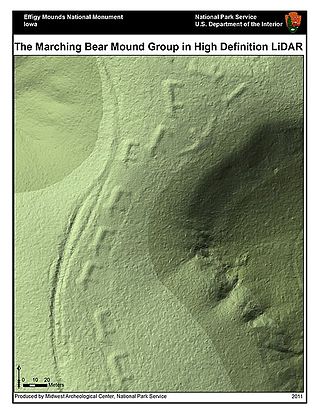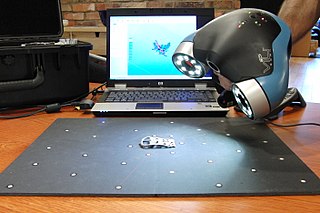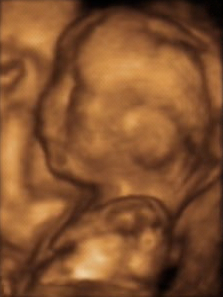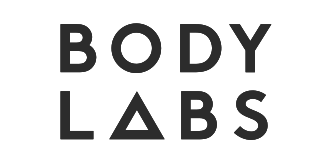Computer vision tasks include methods for acquiring, processing, analyzing and understanding digital images, and extraction of high-dimensional data from the real world in order to produce numerical or symbolic information, e.g. in the forms of decisions. Understanding in this context means the transformation of visual images into descriptions of the world that make sense to thought processes and can elicit appropriate action. This image understanding can be seen as the disentangling of symbolic information from image data using models constructed with the aid of geometry, physics, statistics, and learning theory.

Lidar is a method for determining ranges by targeting an object or a surface with a laser and measuring the time for the reflected light to return to the receiver. Lidar may operate in a fixed direction or it may scan multiple directions, in which case it is known as lidar scanning or 3D laser scanning, a special combination of 3-D scanning and laser scanning. Lidar has terrestrial, airborne, and mobile applications.

A computed tomography scan is a medical imaging technique used to obtain detailed internal images of the body. The personnel that perform CT scans are called radiographers or radiology technologists.
Mass customization makes use of flexible computer-aided systems to produce custom products. Such systems combine the low unit costs of mass production processes with the flexibility of individual customization.

An image scanner—often abbreviated to just scanner—is a device that optically scans images, printed text, handwriting or an object and converts it to a digital image. Commonly used in offices are variations of the desktop flatbed scanner where the document is placed on a glass window for scanning. Hand-held scanners, where the device is moved by hand, have evolved from text scanning "wands" to 3D scanners used for industrial design, reverse engineering, test and measurement, orthotics, gaming and other applications. Mechanically driven scanners that move the document are typically used for large-format documents, where a flatbed design would be impractical.

Anthropometry refers to the measurement of the human individual. An early tool of physical anthropology, it has been used for identification, for the purposes of understanding human physical variation, in paleoanthropology and in various attempts to correlate physical with racial and psychological traits. Anthropometry involves the systematic measurement of the physical properties of the human body, primarily dimensional descriptors of body size and shape. Since commonly used methods and approaches in analysing living standards were not helpful enough, the anthropometric history became very useful for historians in answering questions that interested them.

The waist is the part of the abdomen between the rib cage and hips. Normally, the waist is the narrowest part of the torso.

3D scanning is the process of analyzing a real-world object or environment to collect three dimensional data of its shape and possibly its appearance. The collected data can then be used to construct digital 3D models.

Quantitative computed tomography (QCT) is a medical technique that measures bone mineral density (BMD) using a standard X-ray computed tomography (CT) scanner with a calibration standard to convert Hounsfield units (HU) of the CT image to bone mineral density values. Quantitative CT scans are primarily used to evaluate bone mineral density at the lumbar spine and hip.

3D ultrasound is a medical ultrasound technique, often used in fetal, cardiac, trans-rectal and intra-vascular applications. 3D ultrasound refers specifically to the volume rendering of ultrasound data. When involving a series of 3D volumes collected over time, it can also be referred to as 4D ultrasound or real-time 3D ultrasound.

A full-body scanner is a device that detects objects on or inside a person's body for security screening purposes, without physically removing clothes or making physical contact. Unlike metal detectors, full-body scanners can detect non-metal objects, which became an increasing concern after various airliner bombing attempts in the 2000s. Some scanners can also detect swallowed items or items hidden in the body cavities of a person. Starting in 2007, full-body scanners started supplementing metal detectors at airports and train stations in many countries.
A structured-light 3D scanner is a 3D scanning device for measuring the three-dimensional shape of an object using projected light patterns and a camera system.

Clothing technology describes advances in production methods, material developments, and the incorporation of smart technologies into textiles and clothes. The clothing industry has expanded throughout time, reflecting advances not just in apparel manufacturing and distribution, but also in textile functionality and environmental effect. The timeline of clothing and textiles technology includes major changes in the manufacture and distribution of clothing.

In the field of gesture recognition and image processing, finger tracking is a high-resolution technique developed in 1969 that is employed to know the consecutive position of the fingers of the user and hence represent objects in 3D. In addition to that, the finger tracking technique is used as a tool of the computer, acting as an external device in our computer, similar to a keyboard and a mouse.

A virtual dressing room is the online equivalent of an in-store changing room.

In 3D computer graphics, 3D modeling is the process of developing a mathematical coordinate-based representation of a surface of an object in three dimensions via specialized software by manipulating edges, vertices, and polygons in a simulated 3D space.

Body Labs is a Manhattan-based software company founded in 2013. Body Labs is a software provider of human-aware artificial intelligence that understands the 3D body shape and motion of people from RGB photos or videos.

The GigaMesh Software Framework is a free and open-source software for display, editing and visualization of 3D-data typically acquired with structured light or structure from motion.
Yordan Kyosev is a German scientist and professor of Bulgarian origin, working in the area of textile and clothing technologies and machines. His book Braiding Technology for Textiles (2014) is an important source for learning industrial braiding, and in 2017 received a book prize from Hochschule Niederrhein, Mönchengladbach, Germany. Kyosev has developed software packages for 3D modeling braided structures, braiding machines and warp knitted structures. The algorithms for the software are documented in Kyosev's book Topology-Based Modeling of Textile Structures and Their Joint Assemblies (2019)
4DMedical is a medical technology company, based in Australia and the United States.
















